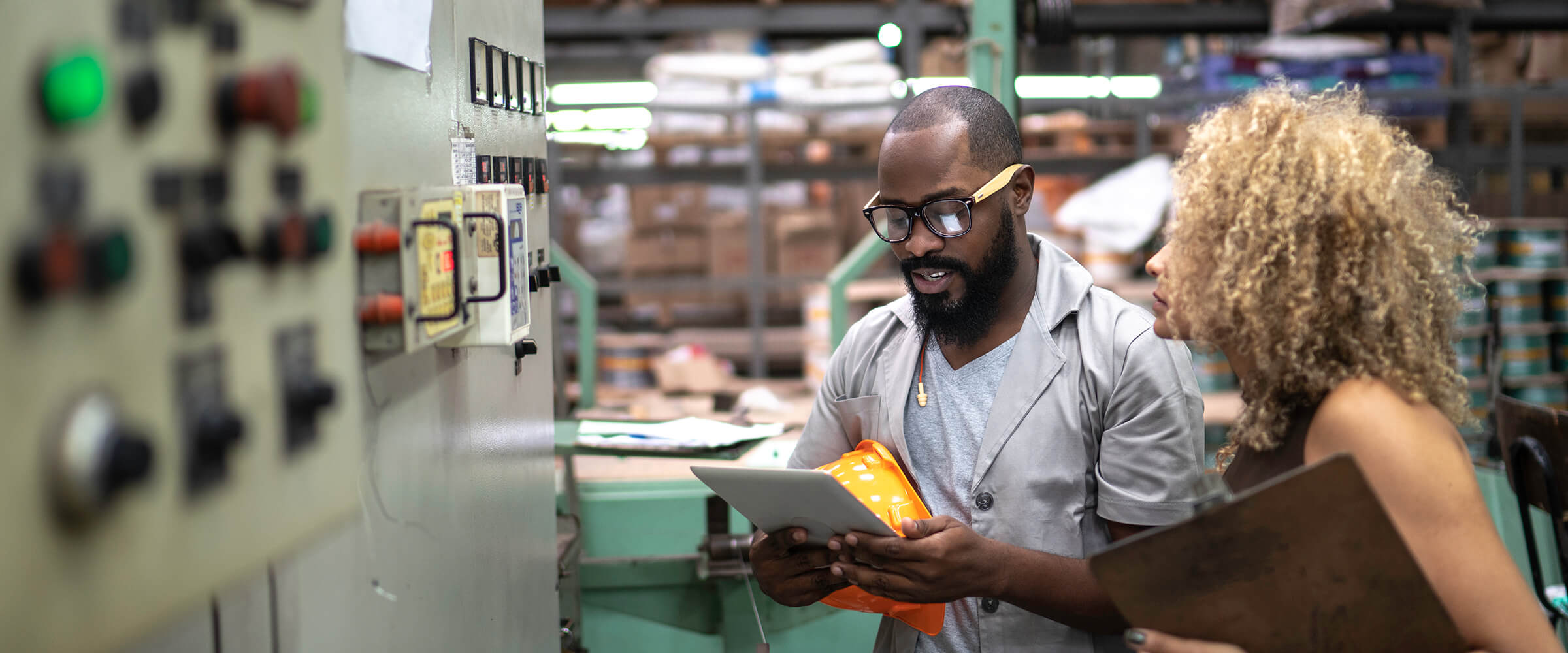Get unique, complex parts easily. No matter your requirements, Chaoyi Spring creates hard-to-produce coil springs and wire forms.
Let us help you create the custom wire form you need, from S-hooks and J-hooks to utility hooks and more.
We work closely with customers across a wide range of industries, helping them design and manufacture made-to-order parts.
Why choose Chaoyi Spring? We prioritize customer-focused collaboration, modern equipment and the latest technology to make your parts per print.
Find the information and guidance you need, from measuring a spring to learning about materials, placing an order and much more.
When it comes to mechanical systems, springs play a vital role in providing force and movement. But with so many types of springs available, it can be daunting to choose


When it comes to mechanical systems, springs play a vital role in providing force and movement. But with so many types of springs available, it can be daunting to choose the right one for your application. Two common types of springs are tension springs and torsion springs. While they both serve to store and release energy, they differ significantly in their design and functionality. This article will delve into the key characteristics of tension and torsion springs, helping you understand their differences and make informed decisions for your projects.

Tension springs, also known as extension springs, are designed to store energy when stretched or extended. They are typically helical-shaped with open coils, allowing for easy elongation. When a force is applied to stretch the spring, it stores potential energy, which is then released when the force is removed, causing the spring to return to its original length. Tension springs are commonly used in various applications, including:
Torsion springs, on the other hand, are designed to store energy when twisted or rotated. They are typically coiled in a helical shape but have closed coils, making them more compact and robust. When a force is applied to twist the spring, it stores potential energy, which is then released when the force is removed, causing the spring to return to its original position. Torsion springs are commonly used in:
Here's a table summarizing the key differences between tension and torsion springs:
| Feature | Tension Spring | Torsion Spring |
|---|---|---|
| Design | Open coils | Closed coils |
| Force Application | Stretching or extending | Twisting or rotating |
| Energy Storage | Stored when stretched | Stored when twisted |
| Common Applications | Garage doors, retractable cords, spring-loaded mechanisms | Door closers, window balances, automotive suspension systems |
When selecting the appropriate spring for your project, several factors need to be considered:
Understanding the differences between tension and torsion springs is crucial for selecting the right spring for your needs. Consider the force requirements, space limitations, load capacity, operating environment, and desired durability to make an informed decision. By carefully evaluating these factors, you can ensure that your application utilizes the most suitable spring type, leading to efficient operation and optimal performance.
In conclusion, tension and torsion springs are valuable components in various mechanical systems, each with unique characteristics that make them suitable for different applications. By understanding their differences and carefully considering the factors outlined above, you can select the most appropriate spring to meet your project's specific requirements.
Browse some of the custom wire forms and springs that we manufacture. Don’t see what you need? We specialize in made-to-order products that meet your application requirements.
Visit Our GalleryNeed a custom wire form or coil spring? We make it work. Fill out the contact form and a representative will respond within 1 business day. If you have a PDF or CAD file, you can submit to request a quote.